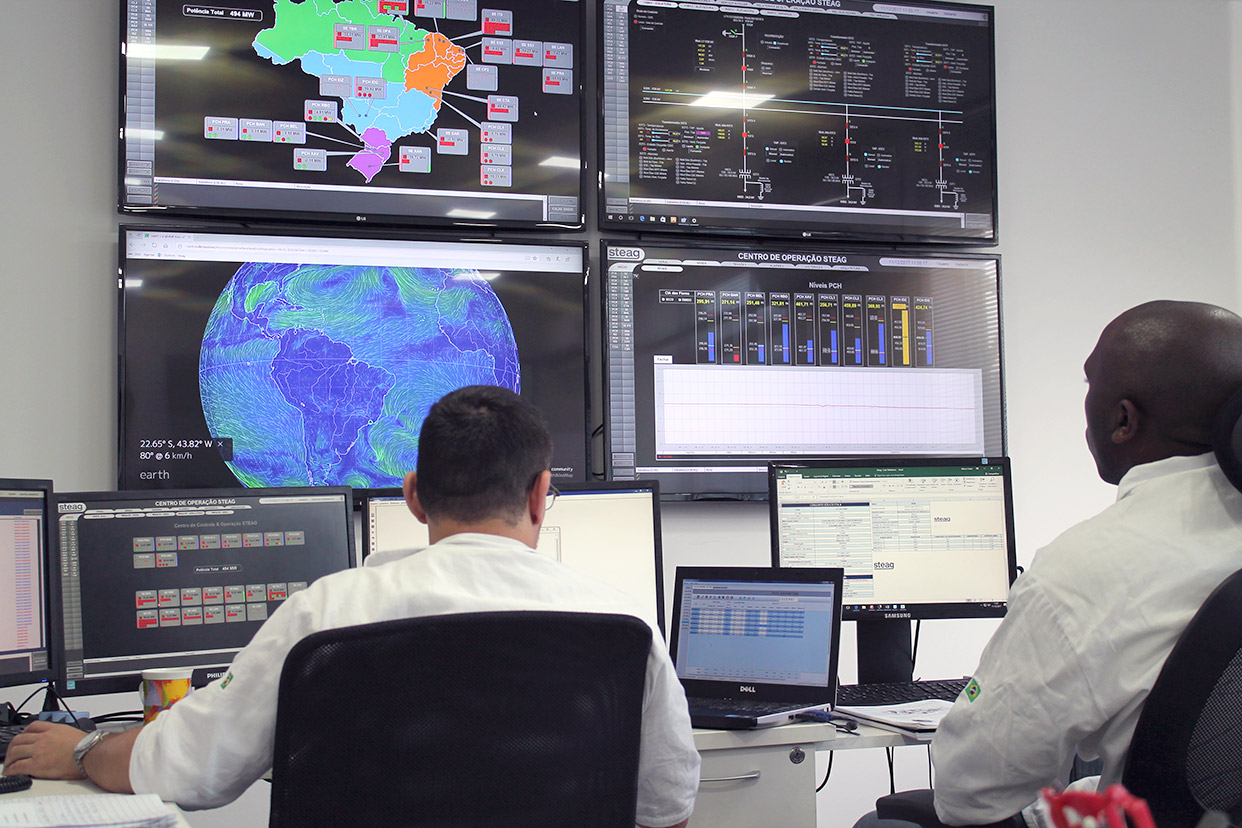
Brazil: Growing strongly in renewable energies
SES do Brasil has significantly strengthened its market position since the beginning of 2017.
In mid-July 2018, STEAG Energy Services (SES) do Brasil signed new maintenance contracts for eight wind farms and several operation and maintenance (O&M) contracts for solar power plants. Thus, the STEAG subsidiary now operates and maintains more than 30 renewable energy (RE) plants (photovoltaics, wind power, hydropower and biomass). The projects currently managed by the company in the Brazilian market for renewable energies have a total capacity of around 2.8 gigawatts (GW). The company’s renewable energy team today consists of 150 employees.
With 208 million inhabitants, Brazil is South America's largest country and accounts for almost half of the continent's population. Accordingly, the country has the most important energy market in the region. According to the energy development plan of the Brazilian Ministry of Mines and Energy, generation capacities are to be expanded by around 80 GW to a total of 224 GW by 2024. As in previous years, renewable energies play an important role in this context. In particular, the proportion of wind power and solar plants is to be increased.
SES do Brasil's major customers include leading investors in the country, most of which are also important international players. The point of departure for the successful expansion of SES do Brasil’s market position was the experience gradually gained by the company in the biomass segment since 2014. The rapid expansion of the company’s RE business was then kick-started by the takeover of several O&M contracts for wind and hydropower projects at the beginning of 2017. The STEAG subsidiary has become an important local O&M provider and is participating in numerous current tenders. The company benefits from the Group's long and successful track record as a planner and operator of power plants.
In early 2017, SES do Brasil set up its Center for Monitoring and Remote Operation (CMO) in Rio de Janeiro in a record time of four months. From there, the company remotely manages and monitors several power plants throughout the country, 24/7. For the operation of the plants, it is not always necessary to have permanent personnel on site. Local teams are only deployed for maintenance work and inspections. A team of engineers and technicians from the headquarters in Rio de Janeiro offers back office support.
The wind power portfolio now comprises turbines with a total capacity of 1,934 MW. In July 2018, a contract was signed with Cubico Sustainable Investments for the operation and maintenance of the electrical equipment of eight different wind farms in Brazil with a total capacity of 564 MW. These are located in the three eastern states of Ceará, Pernambuco and Piaui, and in Rio Grande do Sul, the southernmost part of the country on the border with Uruguay.
Expansion into solar photovoltaics (solar PV) was of strategic importance to SES. Over the past year and a half, SES do Brasil has concluded several O&M contracts for large solar systems. The company is today responsible for the operation of photovoltaic parks with a total capacity of 482 MW. This makes the STEAG subsidiary the market leader in the still small but rapidly growing market. The O&M concept for solar PV developed by SES do Brasil includes regular cleaning of the PV modules. For this purpose, the company imported a special cleaning machine from Italy. Two more of these machines are to follow soon.

The O&M concept for solar PV includes the cleaning of PV modules. Photo Credit: Partner ENGIE Solar – Floresta Solar PV Project
SES do Brasil has also expanded its know-how base for hydropower projects. The company currently provides O&M services for two medium-sized plants in Barra dos Coqueiros on the east coast with 90 MW and Caçu in central Brazil with 65 MW capacity – in addition to several small hydropower plants with capacities of less than 30 MW. The current hydropower project portfolio comprises a total of 290 MW. For the larger projects there are local O&M teams, the smaller plants are supported through the CMO.
Since the operators of wind farms in Brazil are also responsible for the transmission lines, SES do Brasil also took on the operation of almost 300 kilometers of transmission lines (500 kV) in the north-east of the country at the end of 2017.
